
What is your favorite time machine? For me, the answer is without question Doctor Who’s living, time-traveling police call box, the TARDIS. I even dressed up as the TARDIS for a party once (the theme was extraordinary aliens — also a U.S. visa status, in case you are wondering). What draws me to the TARDIS is the audacity of Doctor Who’s writers to give their Timelord not just a time machine, but a time-transcending alien who allows the Doctor and co. to hitch a ride. The true hero of Doctor Who is the TARDIS.
This is an adapted version of the Inverse Daily newsletter for Wednesday, May 11, 2022. Subscribe for free and learn something new every day.
But the TARDIS is just one of many time portals to grace our screens through the years. And while it may be cool to ride around inside an alien life form through time, other conceptions may pass more scientific muster. In today’s newsletter, you can read all about how scientists rate cinematic time machines and so much more.
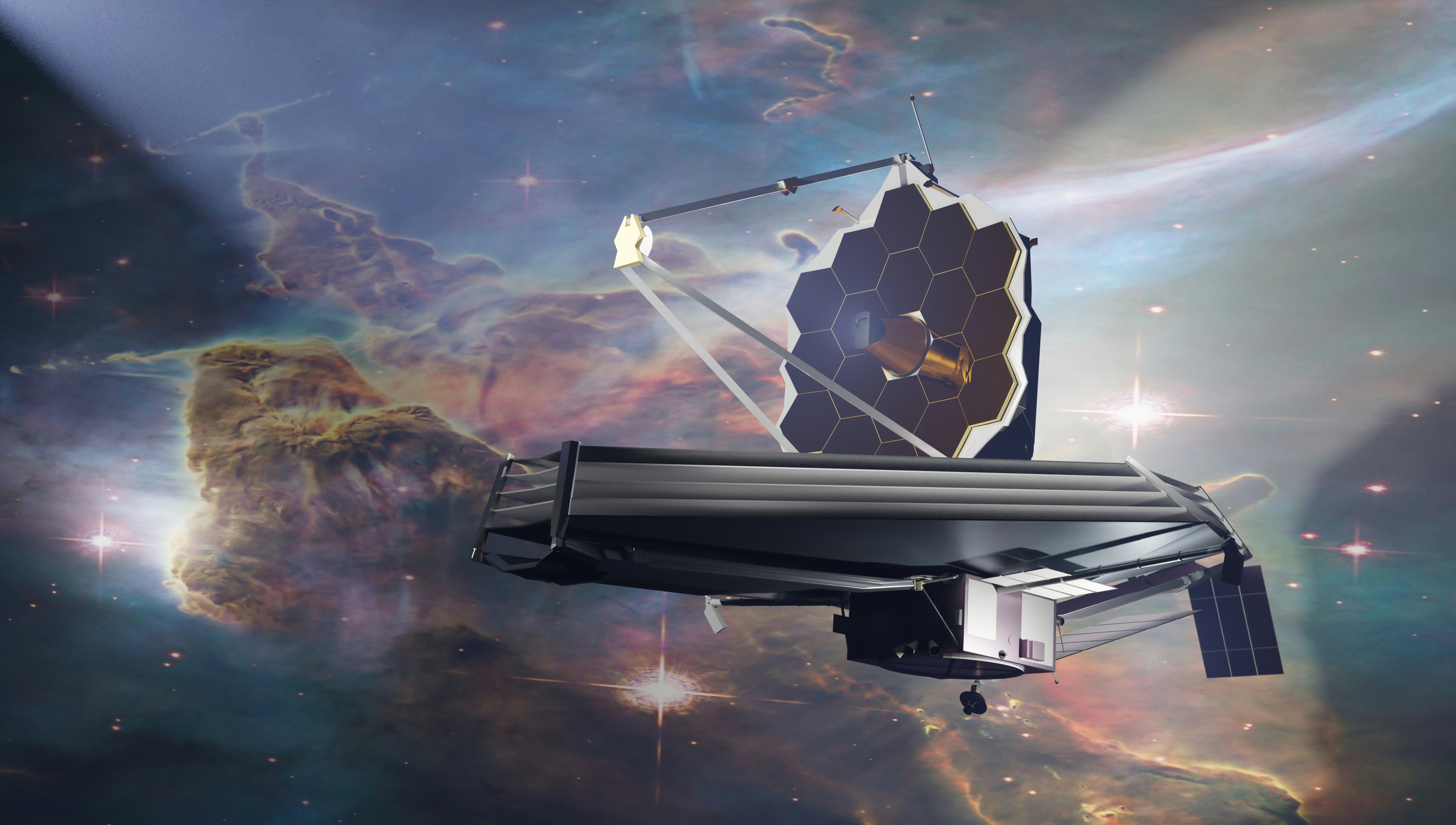
NASA prepares the Webb Telescope camera that will find new alien worlds
To find planets outside the Solar System, Webb’s main imager will stare at starlight. About 5,000 distant worlds, commonly called exoplanets, have been detected to date; scientists estimate our galaxy is home to 100 billion. Exoplanets lurk in many close corners of our galaxy, and some occasionally make their presence known to highly-sensitive observatories by passing in front of their parent star and dimming its light from Earth’s perspective.
The space telescope is almost ready for the task. Just 200 milestones are left to complete before Webb’s next-generation instruments are at peak observational prowess. The telescope’s team has whittled down to this number over the past five months from a starting list of more than 1,000 tasks. On this last leg of the commissioning race, teams will get down to the nitty-gritty specifics about how the instruments work.
Only after Webb’s devices demonstrate their capabilities will they be let “loose on the Universe.”
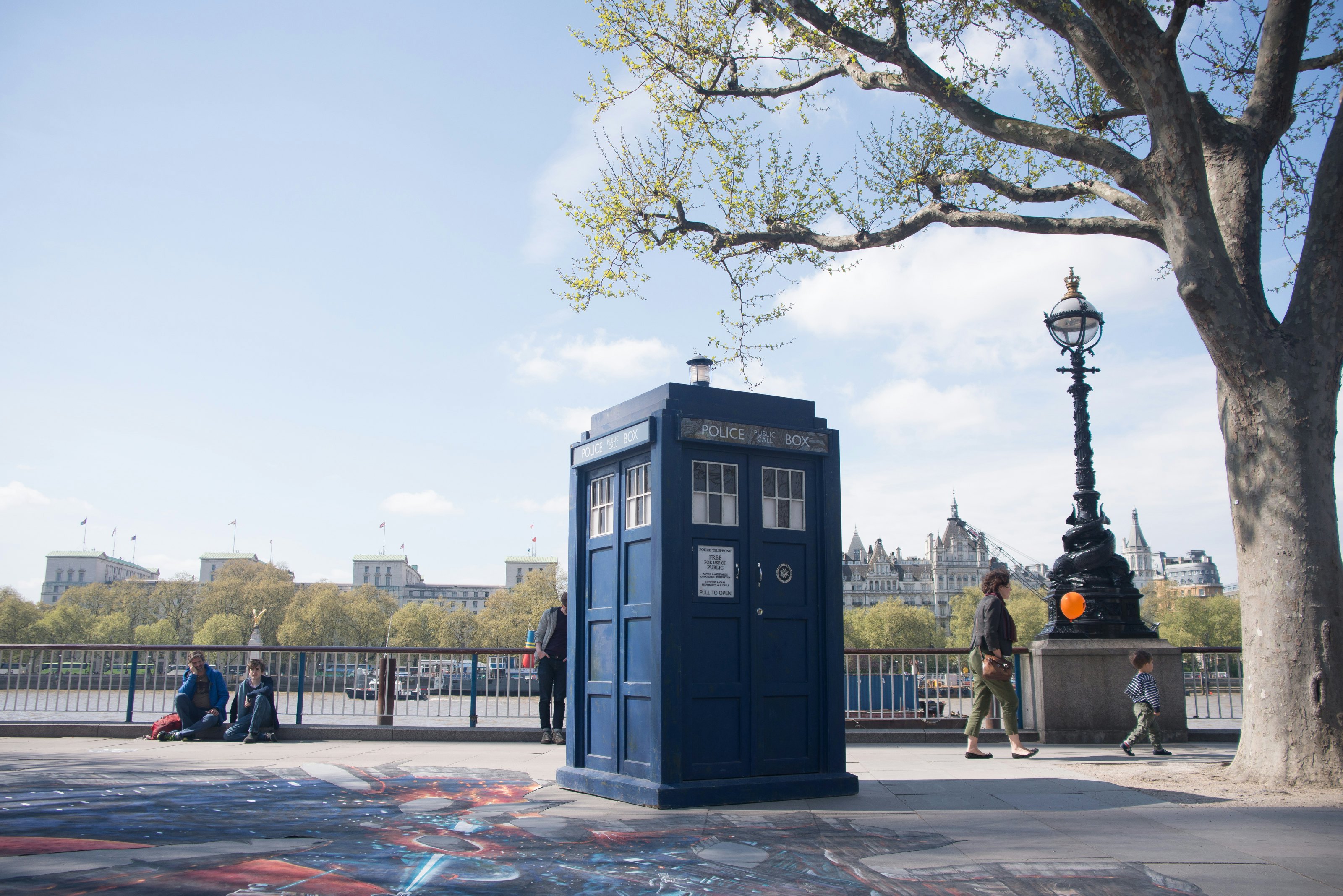
The 8 best movie time machines of all time, ranked by scientists
H.G. Wells invented one of fiction’s first-time machines in his 1895 novel — later visualized in two movies. Since then, we’ve seen time-traveling cars, boxes, phone booths, and more. Each has a unique build and hand-wavy explanation of how it “works.”
These time-defying contraptions fill us with wonder because, while we’re innately curious with a desire to explore, we also love fawning over shiny screens and elaborate gadgetry. Humans are hardwired to push any button we see. No matter the ramifications.
To understand the fictional mechanics of time-travel tech, Inverse spoke to astrophysicists, engineers, and philosophers about movie time machines. We discovered which films they love and loathe, from those cloaked as the mundane to the realistic and even the fantastic.
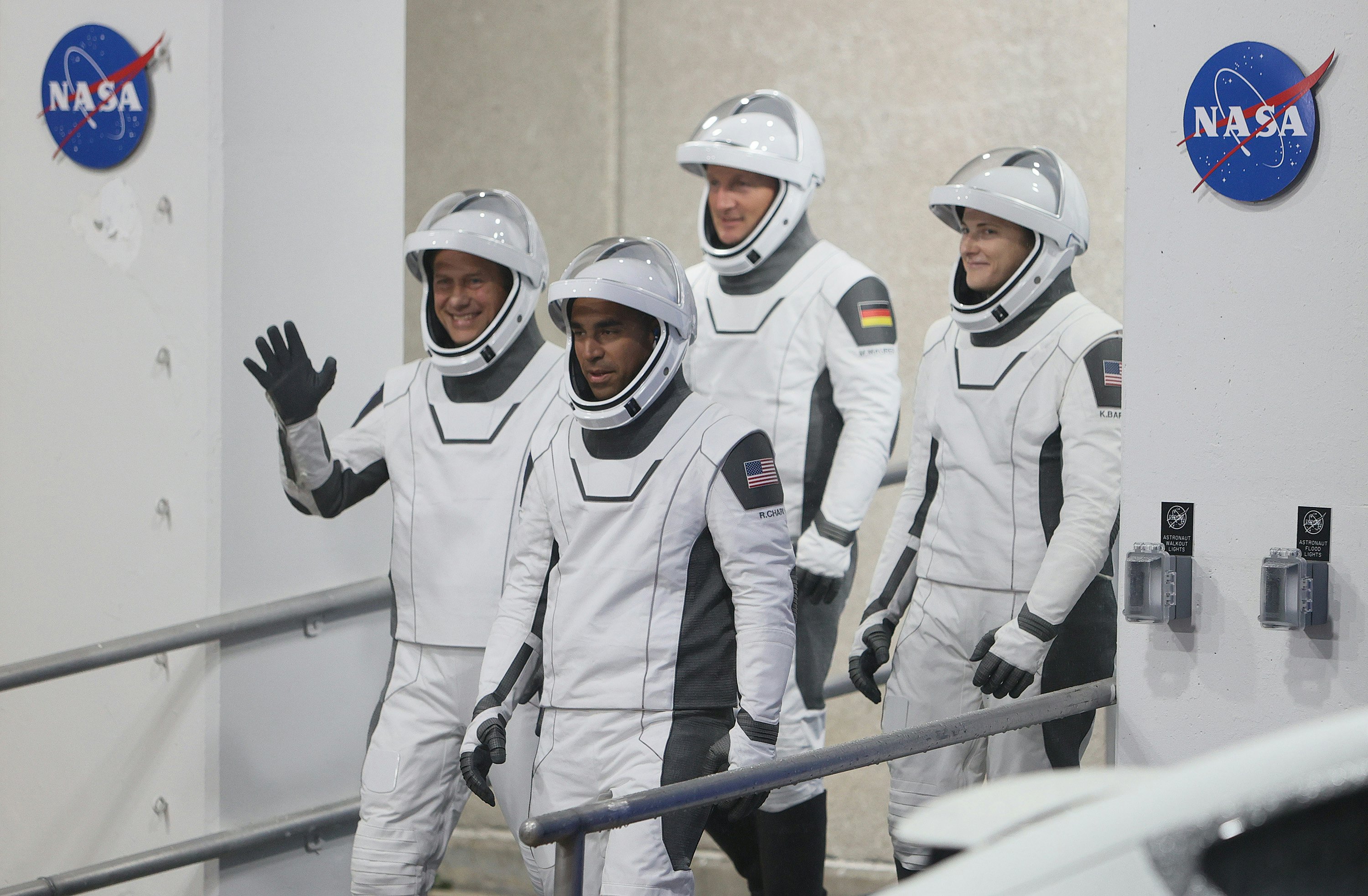
Watch SpaceX’s Crew Dragon Endurance splash into the Gulf of Mexico
After six months onboard the International Space Station, four Crew-3 astronauts tumbled back to Earth onboard SpaceX’s third Crew Dragon mission. Last November, four astronauts blasted into space on board the SpaceX Crew Dragon Endurance.
Together, they made up the third crewed mission to the ISS aboard a Crew Dragon spacecraft, which flew as part of NASA’s Commercial Crew program. On the ISS, they conducted research on a variety of topics and performed several spacewalks.
Their mission ended as Crew-3 fell back to Earth on May 6 in a splashdown in the Gulf of Mexico.
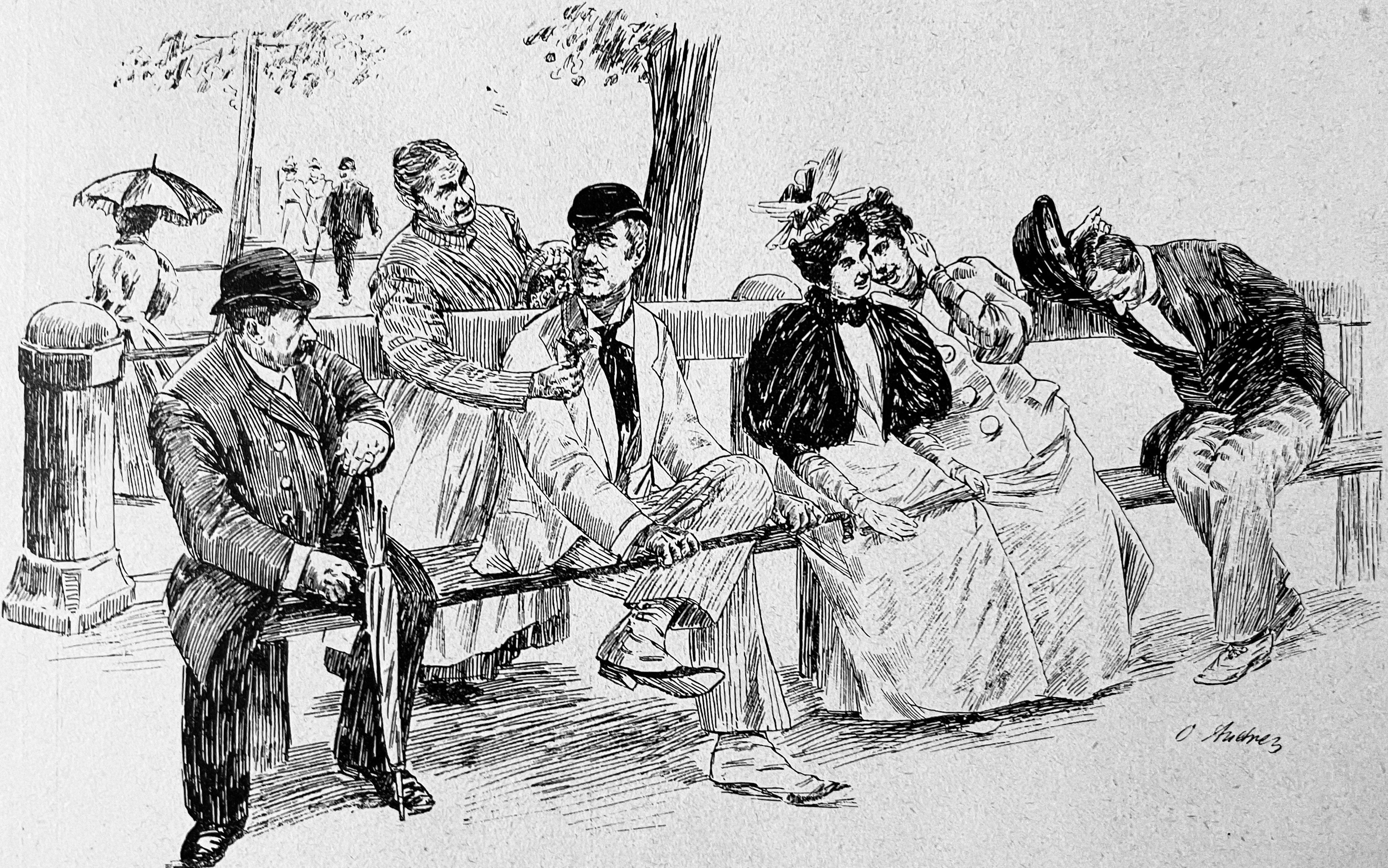
Studies linking nature to better mental health only focus on wealthy nations
According to a review published last week in Current Research in Environmental Sustainability, researchers analyzed ten years of major studies on how nature affects wellbeing. Ninety-seven percent, the study found, were from rich countries. The authors argue this bias limits the universality of trendy ideas about the healing power of green space.
“A giant proportion of humankind is not included,” Rachelle Gould, one of the authors, tells Inverse. “And so we can't tell what's universal and what’s culturally specific.”
Gould, a professor of environmental studies at the University of Vermont, sees the gap as an obstacle for her field “to impact the world, to improve human wellbeing in sustainable ways.”
And, the authors of the new study say, when research on nature comes from wealthy, westernized countries, western ideas about nature’s purpose are promoted and others ignored.
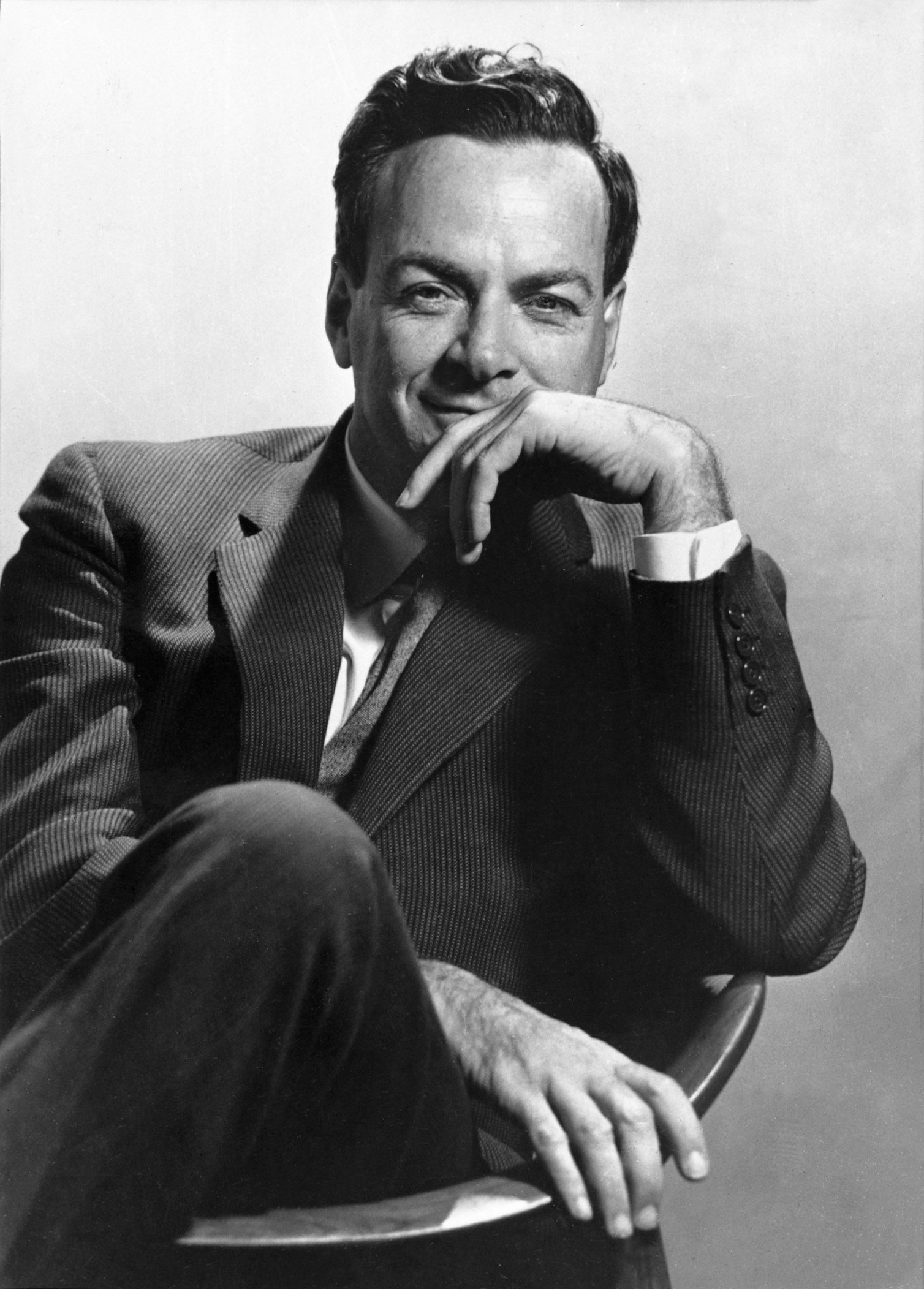
About this newsletter: Do you think it can be improved? Have a story idea? Want to share a story about the time you met an astronaut? Send those thoughts and more to newsletter@inverse.com.
- On this day in history: Happy birthday, Richard Feynman! Feynman was born on this day in 1918 in New York. Feynman is a titan of theoretical physics and redefined how the field considers the fundamental properties of light and matter.
- Song of the day: “The Time Warp,” Richard O’Brien.







